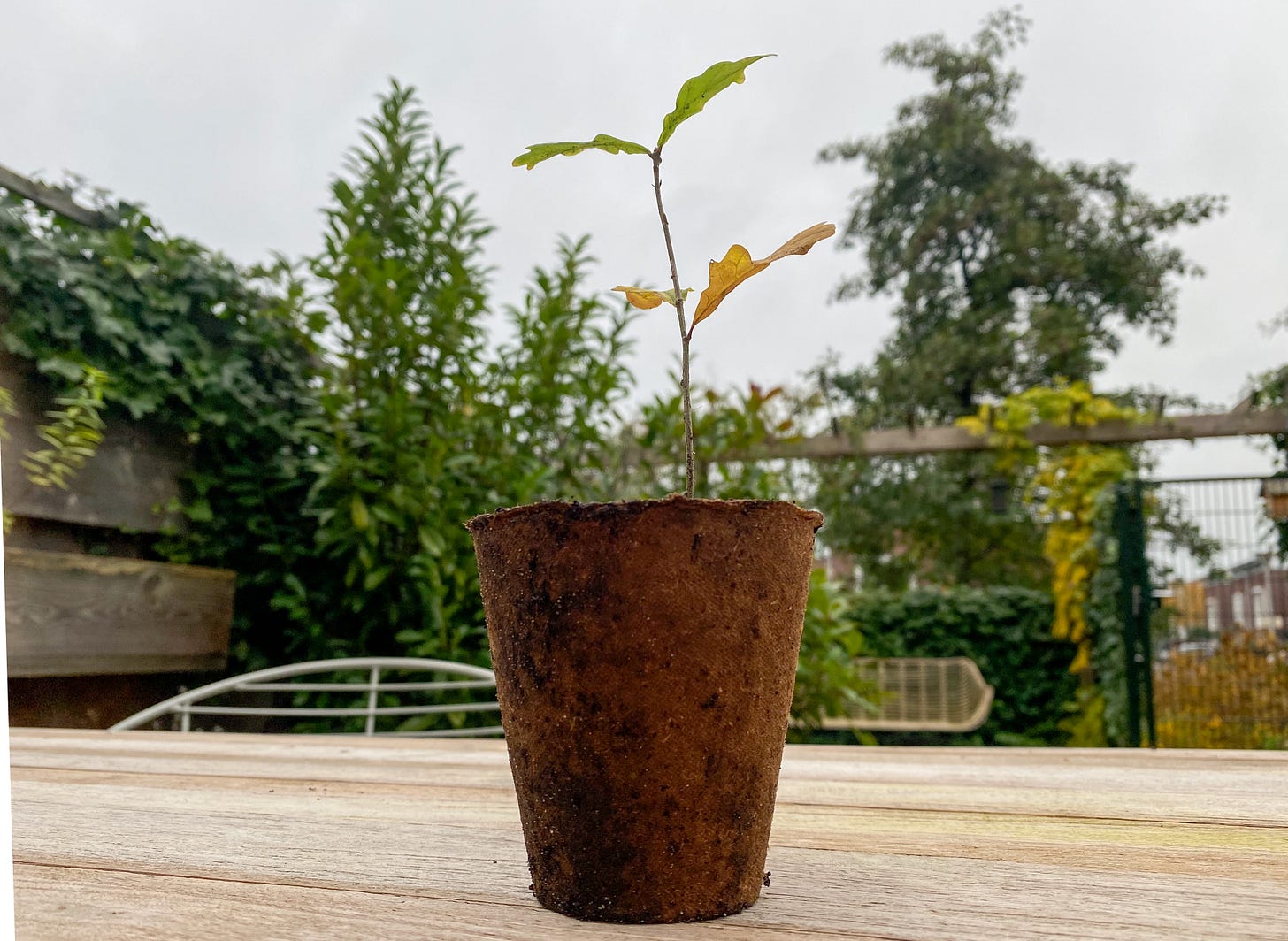#67 Wolves
Two years ago, after a 140-year absence, wild wolves returned to the Netherlands. For my readers from Canada, Russia, or even Germany, it is good to keep in mind that the Netherlands is, in practice, a city with some parkland around its center. The wolf’s return is a testament to the animal's resilience. I like to think decades of effort by conservationists in knitting together the little nature of Holland has also played a role.
Scarcely had the first wolf arrived, or people started shooting them. (There’s now a 16,000 euro reward for the murderer of a recently found dead wolf.)
Wolves play an outsized role in the public imagination and — in the Netherlands — public debate. While wolves are responsible for 0.2% of claims for damage to fauna, if you’ve followed the news, it seems they’re eating a human every other day. (Wolfs rarely attack humans.)
There is an obvious explanation for the lousy rep wolves have. After all, who devours Red Riding Hood, two of the three little pigs, and Liam Neeson in that strange 2011 movie The Grey? When I drive by our local zoo in the morning, and the animals make noise, it is the wolf’s howl that sends a shiver down my spine.
You know that wolves aren’t villains but heroes. The story of the impact of their return to Yellowstone National Park is part of environmentalist’s lore. If you haven’t heard it,
“After an absence of nearly 70 years, the beneficial influences of the reintroduced wolves almost immediately became apparent and continue to be seen to this day. Since they are apex predators that primarily hunt ailing and aging ungulates -- particularly wapiti, Cervus canadensis, whose populations had exploded in Yellowstone -- wolves halted these herbivores' population expansions whilst improving their overall health.
“The presence of wolves even substantially changed ungulate behaviours. For example, the wapiti stopped munching their way through the valleys and gorges where wolves could easily ambush them. Thus, native flora was able to re-establish and re-grow, thereby increasing biodiversity by providing food and shelter to a growing variety of plants and animals.
“But remarkably, the presence of wolves also changed the rivers. After reintroduction, it was noticed that riverbank erosion decreased so the rivers meandered less, the channels deepened and small pools formed. Why? The recovering vegetation stabilized the riverbanks, which in turn altered the geography of the park itself.” (source)
The actual dynamics of what happened in Yellowstone continue to be debated, but wolves seem to have played a role in changing the flow of rivers.
In Holland, the Dutch control the flow of all water. At Neeltje Jans, an artificial island in the south of the country, the poet Ed Leeflang puts it succinctly:
“hier gaan over het tij
de maan de wind en wij”
(here, the tide is controlled
by the moon, the wind, and us)
I haven’t heard anyone mention this, but do we also dislike wolves out of professional pride? The rivers are ours to design!
I was reminded of the story of the wolves this Friday while traveling to a closed-door workshop. Arriving at the station, I learned that an animal on the tracks had disrupted the train service between two stations in Amsterdam. Thus, an animal changed the flow of our iron rivers.
At the workshop, we talked about how social change happens. Who are society’s wolves? For the past decades, this question has had an easy answer. (If it doesn’t come to mind immediately, think of a 2013 Leonardo DiCaprio movie based on a real story.)
And if you’re not the wolf, what role do you play in the ecosystem?
Later that day, I traveled back to Amsterdam over animal-free tracks to chair an afternoon about time rebellion and long-term thinking with Roman Krznaric. It was great, thanks to the amazing guests, perfect audience, good music, and beautiful setting. One quote by Krznaric stood out for me:
“The greatest hope for future generations is our mortality.”
Wolves kill. As apex predators, they play a pivotal role in any ecosystem. Yet, they rely on all other living creatures to thrive, even without humans shooting them. Death and decay are an integral part of this system. It creates room for new directions, space for new ideas.
At the end of the event, I was given a baby oak, barely 10 cm high. Oaks can live to be 800 years old. Where to plant this baby? If it prospers, it will still be young when I die. When it dies, if it’s lucky, the year may be 2821.
If you know of a place near Amsterdam where an oak may live well into the 29th century, please let me know. I’d be glad to give it that opportunity. And I hope it will serve as shelter for a family of wolves in its long life.
Until next week, take care!
— Jasper

